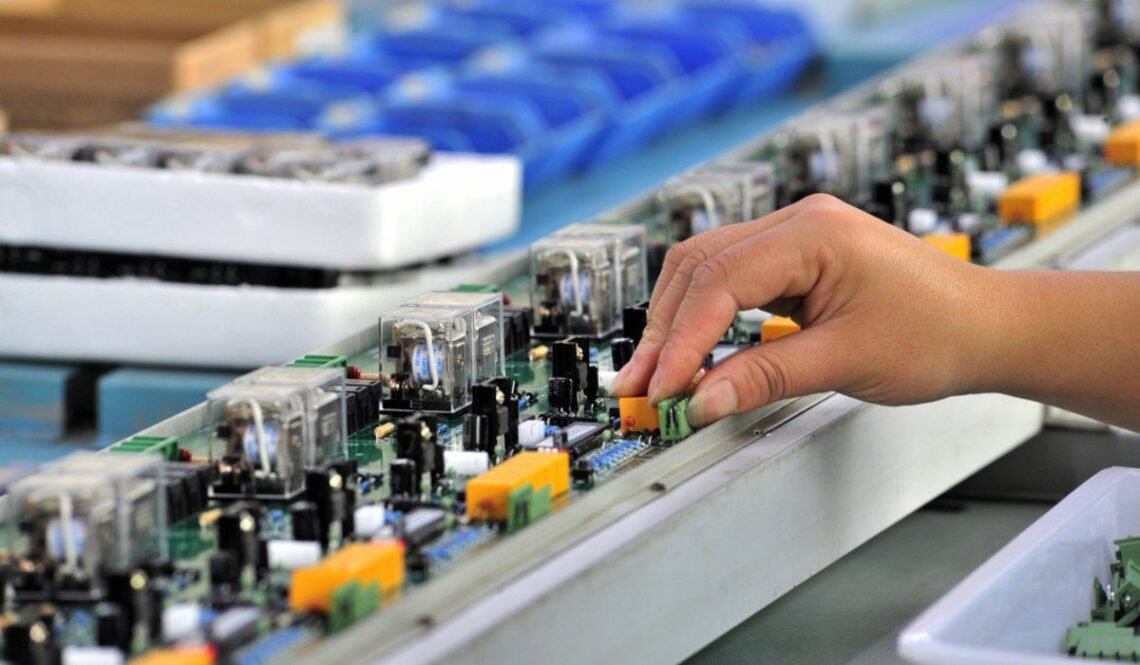Substations serve as the heart of electrical distribution systems, enabling the safe and efficient transfer of power from generation sources to end users. At the center of these critical hubs are transformers, responsible for voltage conversion to ensure seamless energy flow. However, the performance and longevity of these transformers are not solely dependent on their quality but also on how precisely they are installed. Proper transformer installation is not a mere technical formality—it is a foundational necessity for the long-term reliability and safety of substations.
The Role of Transformer Installation in Substation Performance
Transformers operate under high electrical and thermal stress, making them susceptible to failures if not installed correctly. Substations depend heavily on the mechanical integrity, electrical connections, and protection systems associated with each transformer. Even minor deviations during installation can lead to serious issues like overheating, insulation breakdown, short circuits, or even catastrophic failures.
Precision in transformer installation ensures that every connection is tight, every alignment is accurate, and all safety protocols are followed meticulously. When done correctly, it enhances operational stability, minimizes the risk of outages, and extends the life of both the transformer and the substation equipment.
Consequences of Improper Installation
Improper installation can compromise the entire substation. Common issues stemming from incorrect transformer setup include:
- Misalignment of Bushings and Cables: Poor alignment can cause electrical discharges and arc faults.
- Loose Bolts and Connections: These can generate heat and result in energy loss or fire hazards.
- Incorrect Grounding: This increases the risk of electric shock and impacts system protection.
- Faulty Cooling Systems: Inefficient cooling can cause overheating and lead to early transformer failure.
Such failures are not only expensive to repair but can also result in prolonged outages and safety risks for maintenance crews and nearby infrastructure.
Benefits of Precise Transformer Installation
When executed with precision, transformer installation offers numerous advantages:
- Operational Efficiency: Proper installation ensures minimal energy loss, optimal load handling, and better voltage regulation.
- Reduced Maintenance Costs: With fewer operational problems, the need for frequent inspections and repairs is minimized.
- Enhanced Safety: Correct grounding and insulation practices safeguard both personnel and equipment.
- Compliance with Standards: Precision ensures adherence to national and international electrical safety and performance codes.
- Extended Equipment Life: Accurate installation prevents unnecessary mechanical and electrical stress on the system.
Importance of Professional Services
Given the complexity and high stakes involved, transformer installation should never be treated as a DIY or inexperienced endeavor. Leveraging expert services like Transformer Installation and Commissioning Services in India ensures that all critical steps—ranging from transportation and placement to wiring and testing—are performed with professional accuracy and industry-grade tools.
Professionals bring specialized knowledge in insulation resistance testing, oil filtration, ratio testing, and load tap changer settings, all of which are crucial for transformers to perform efficiently under demanding operational conditions.
Manikaran Enterprises: Excellence in Power Solutions
Manikaran Enterprises stands out as a leader in India’s electrical infrastructure industry. Renowned for its quality-driven services, the company has earned a reputation for precision, safety, and reliability. From residential power setups to massive industrial substations, Manikaran Enterprises has consistently delivered high-quality execution. Recognized as a Top Electrical Solution Company in Rajasthan, they bring unmatched expertise in handling high-voltage equipment, transformer commissioning, and substation automation.
Key Considerations During Installation
When installing a transformer, several parameters must be accounted for to ensure precision and safety:
- Site Preparation: The ground must be leveled and capable of supporting the transformer’s weight.
- Handling and Positioning: Transformers must be handled delicately using cranes and placed accurately.
- Alignment and Tightening: All mechanical components need exact alignment and torque tightening based on specifications.
- Connection Verification: All electrical connections must be tested for continuity and insulation resistance.
- Functional Testing: Load testing, thermal imaging, and protection relay testing are crucial before commissioning.
Neglecting any of these steps can compromise the entire system, which is why the involvement of skilled professionals is essential.
The Future of Reliable Substations
As India moves toward renewable energy integration and smart grid development, the demand for reliable substations will only increase. To meet this growing need, transformer installation must evolve with advanced diagnostic tools, IoT-based monitoring, and higher safety standards. Investing in precision from the outset ensures that substations can support not just today’s demand but also future scalability.
Conclusion
In the world of electrical distribution, the margin for error is incredibly slim. Substations depend on absolute precision in transformer installation to ensure uninterrupted power supply, safety, and long-term performance. By relying on professional expertise and following rigorous standards, utilities can protect their infrastructure and investments. When done right, transformer installation becomes a silent yet powerful pillar of national energy reliability—and companies like Manikaran Enterprises continue to lead the charge in this critical mission.





